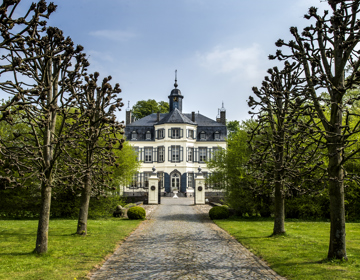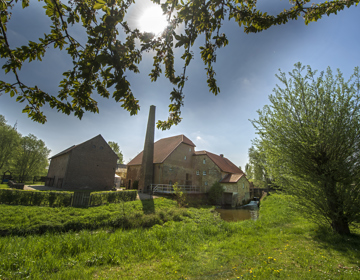Sittard-Geleen’s illustrious past is reflected in its magnificent churches and charming shrines. Each and every one of them has its own history to tell. The townscape is dominated by towers and spires. Visitors are forever walking in the shadow of a church tower.













